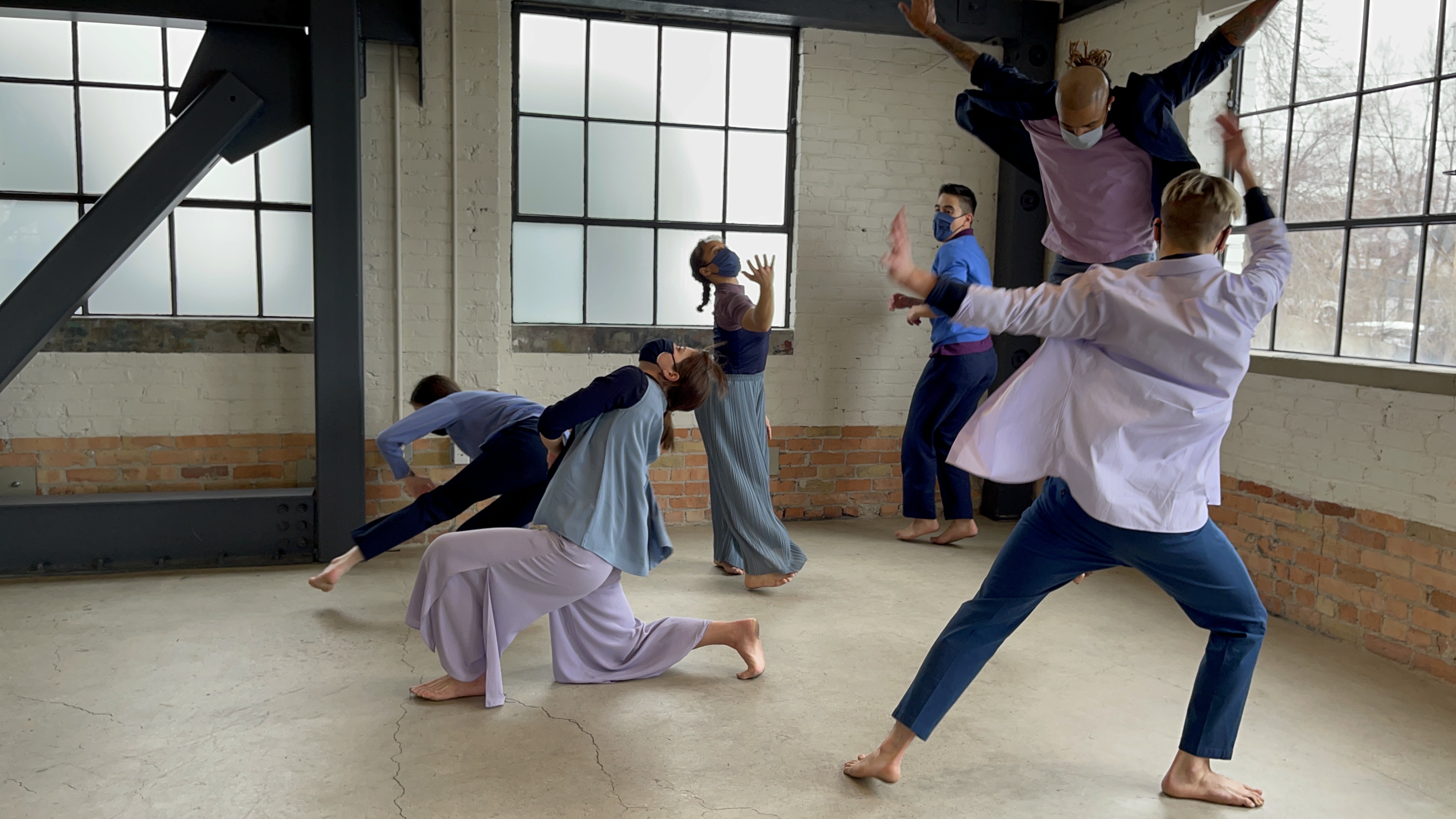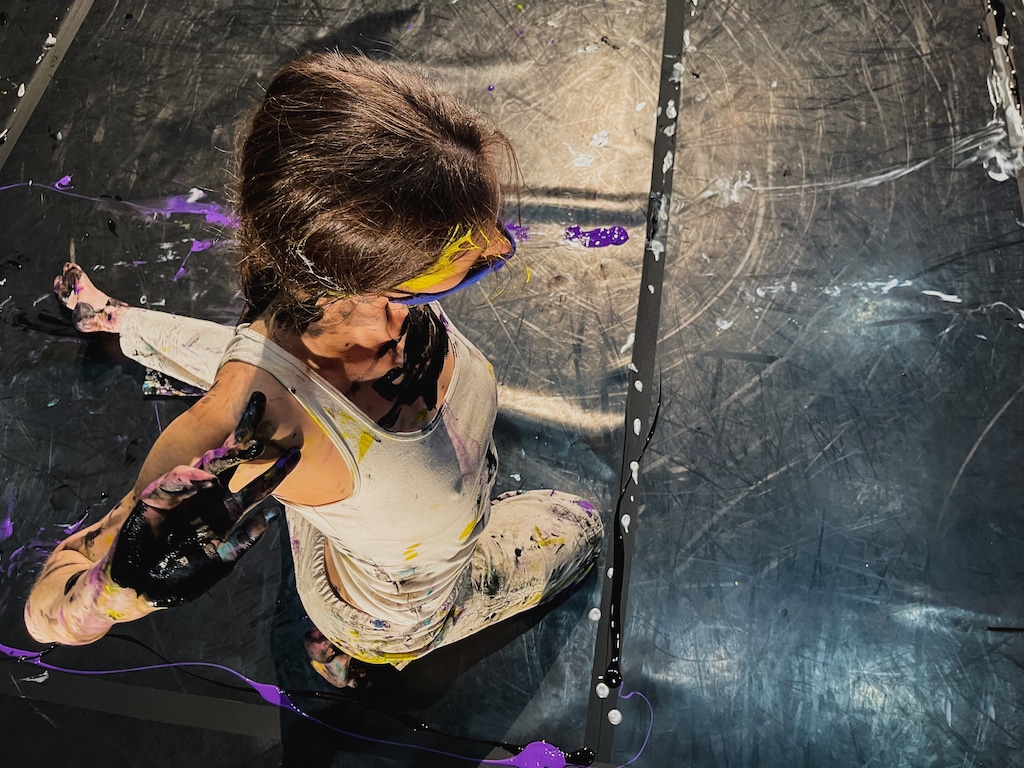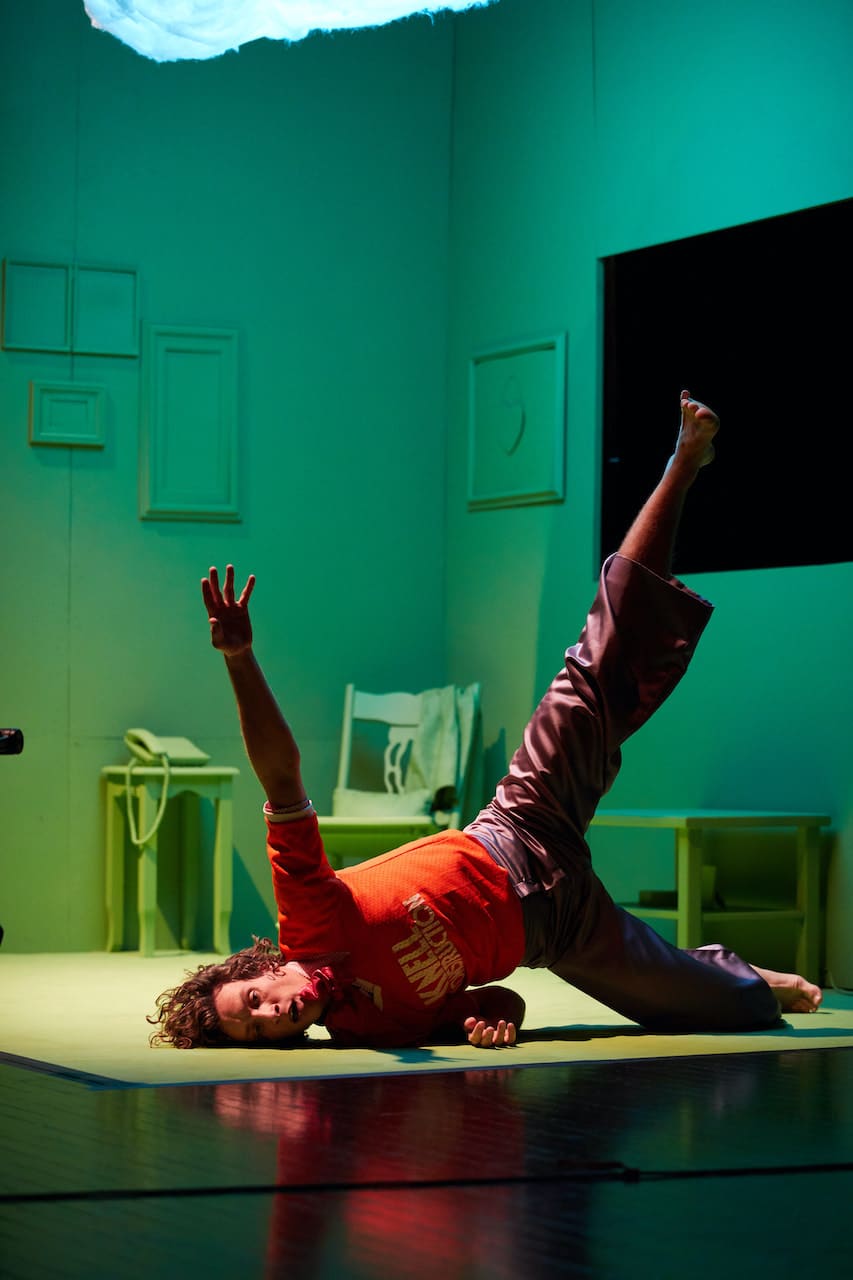HOME RUN: Creativity borne from seclusion
It’s easy to focus on all the ways the pandemic has taken things away from us: getting together with friends and family, travel, going to the movies, and on and on. For many artists, however, living this truncated life has presented a rare opportunity. “The pandemic has proven to be a moment of great creativity for us,” says Daniel Charon, Ririe-Woodbury Dance Company artistic director. Examples of this, Charon explained, include how many more children the company has been able to reach by presenting its educational programming online, and how Ririe-Woodbury has forged closer-to-home collaborations with other Utah-based artists due to restrictions preventing the company from inviting guest choreographers to come to Salt Lake City to create new work. But likely the most profound example of how these weird times have been a catalyst for deepening and expansion for Ririe-Woodbury is HOME RUN, an hour-long performance premiering via live stream on Thursday, February 11 at 6 p.m. and then available on-demand thereafter from February 13 through March 14.

Charon describes HOME RUN as a “dance film festival” that will push us to expand our definition of dance as a performing art and that re-centers the value of those nearby and the support that can be achieved through nurturing these relationships. In this spirit, each dance within HOME RUN—most of which are just a few minutes long—was created, performed, and filmed with locally based artists.

The concert opens with Woes, a durational installation piece by Ririe-Woodbury dance artists Dominica Greene and Megan McCarthy. The piece continues to unfold over the course of HOME RUN through glimpses of the ongoing dance revealed between each of the collection’s five films. Charon’s Winter’s Light is the performance’s official first act, filmed in the airy gallery space at Ogden’s The Monarch. The second, Don’t Chew With Your Mouth Open, choreographed and performed by Ririe-Woodbury dancers Nicolas Jurica and Corinne Lohner, was filmed within each dancer’s apartment. HOME RUN’s third act is Wash, a short film made in 1970 by Stanley and Judith Hallett and directed by Ririe-Woodbury co-founder Joan Woodbury that explores movement in the car wash. (Wash earned an honorable mention from the Chicago International Film Festival.) Up next is And Again, a duet, also created by Bashaun Williams and Fausto Rivera, also members of Ririe-Woodbury’s company of dancers, that explores an all-too-familiar topic: the drudgery of quarantine.

HOME RUN concludes with Full View, a piece choreographed and directed by Molly Heller, assistant professor within the University of Utah’s School of Dance, and performed by the full Ririe-Woodbury company and five dancers from Heller’s dance company, Heartland Collective. “I always knew that there with be a project that we’d work with Molly on and it turns out working with her on HOME RUN was a perfect fit within this moment,” Charon says.
Heller concepted the setting for Full View while on an evening walk through her neighborhood. “At night when it’s dark you can see into people’s homes as you walk by and it made me really curious to explore that space of where our public and private lives merge,” Heller says. Full View set designer Marissa Mooney, who also dances with Heartland Collective and is a Full View performer, brought Heller’s surrealistic vision to life with a monochromatic set “to drive home the sameness of every day,” Heller says. The one-color, three-sided room appears beneath a vivid cloud created by Melissa Younker, another Heartland Collective dance artist and Full View performer. The final piece is made up of 11 individual mostly at-home performances, many filmed over Zoom and then stitched together through artful editing.
Charon is already looking ahead to welcoming audiences back to their home stage at the Rose Wagner Performing Art Center. In the meantime, he is hopeful that the patrons whom have sustained Ririe-Woodbury through this difficult time will consider the company’s innovative and creative use of digital tools to interpret this historic era is a HOME RUN.
Written by Melissa Fields
